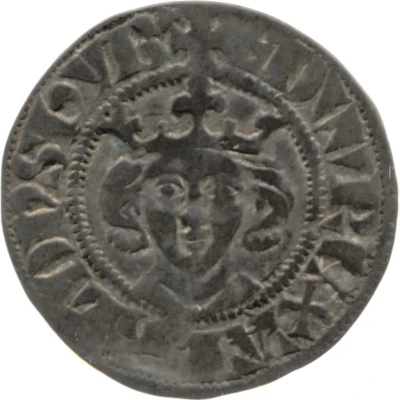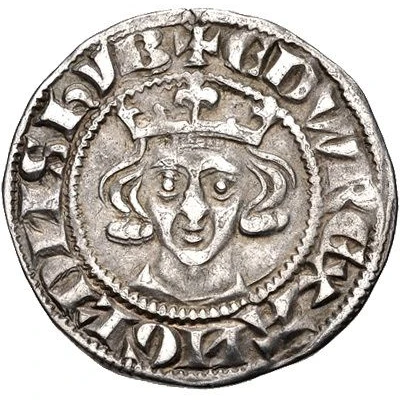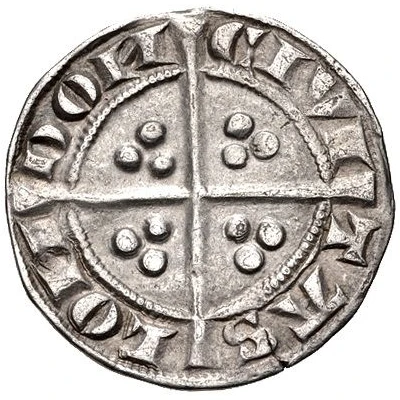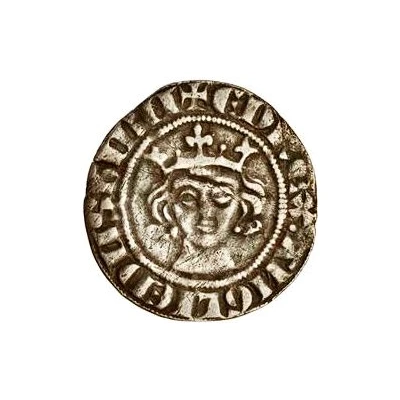
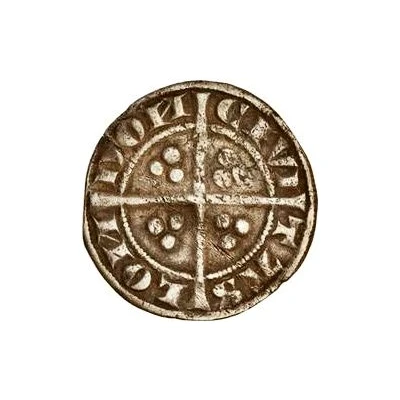

© Spink and Son
1 Penny - Edward I Sterling type; class 1b ND
1279 year| Silver (.925) | 1.2 g | - |
| Issuer | England (United Kingdom, British Overseas Territories and Crown Dependencies) |
|---|---|
| King | Edward I (1272-1307) |
| Type | Standard circulation coin |
| Year | 1279 |
| Value | 1 Penny (1⁄240) |
| Currency | Pound sterling (1158-1970) |
| Composition | Silver (.925) |
| Weight | 1.2 g |
| Shape | Round (irregular) |
| Technique | Hammered |
| Demonetized | Yes |
| Updated | 2024-10-09 |
| Numista | N#323667 |
|---|---|
| Rarity index | 100% |
Reverse
Long cross pattée, trefoil of pellets in angles, mint name around.
Script: Latin (uncial)
Lettering: CIVI TAS LON DON
Lettering (regular font): CIVI TAS LON DON
Translation: City of London
Comment
House of Plantagenet (1154-1399), Edward I (1272-1307), Sterling coinage (1279-1307), Class 1b penny.Struck at the Tower mint, London, 1279. For more detail, please see Rod Blunt's website here.
Interesting fact
The 1 Penny coin from Edward I's reign (1279) was part of a larger currency reform that introduced a new standardized system of coinage across England. This reform, known as the "Sterling" system, established a set of standardized coin denominations and metal contents that would be used for centuries to come. The 1 Penny coin was one of the first coins to be minted under this new system, and it featured a silver content of .925, which was a significant improvement over the earlier coins that were made of a less valuable metal. This coin was also notable for its small size and light weight, which made it more practical for everyday transactions. Overall, the 1 Penny coin from Edward I's reign was an important step in the development of a modern coinage system in England.
